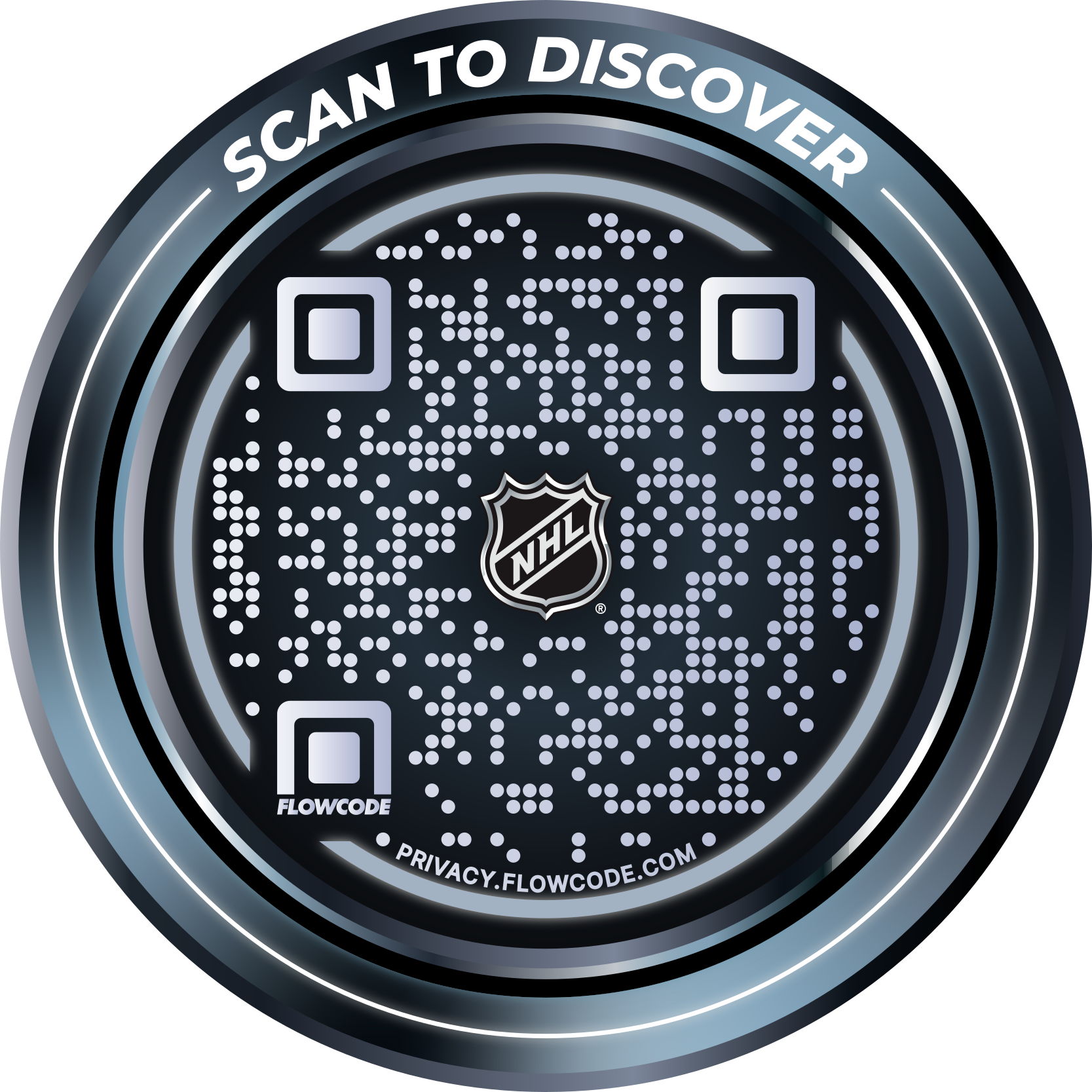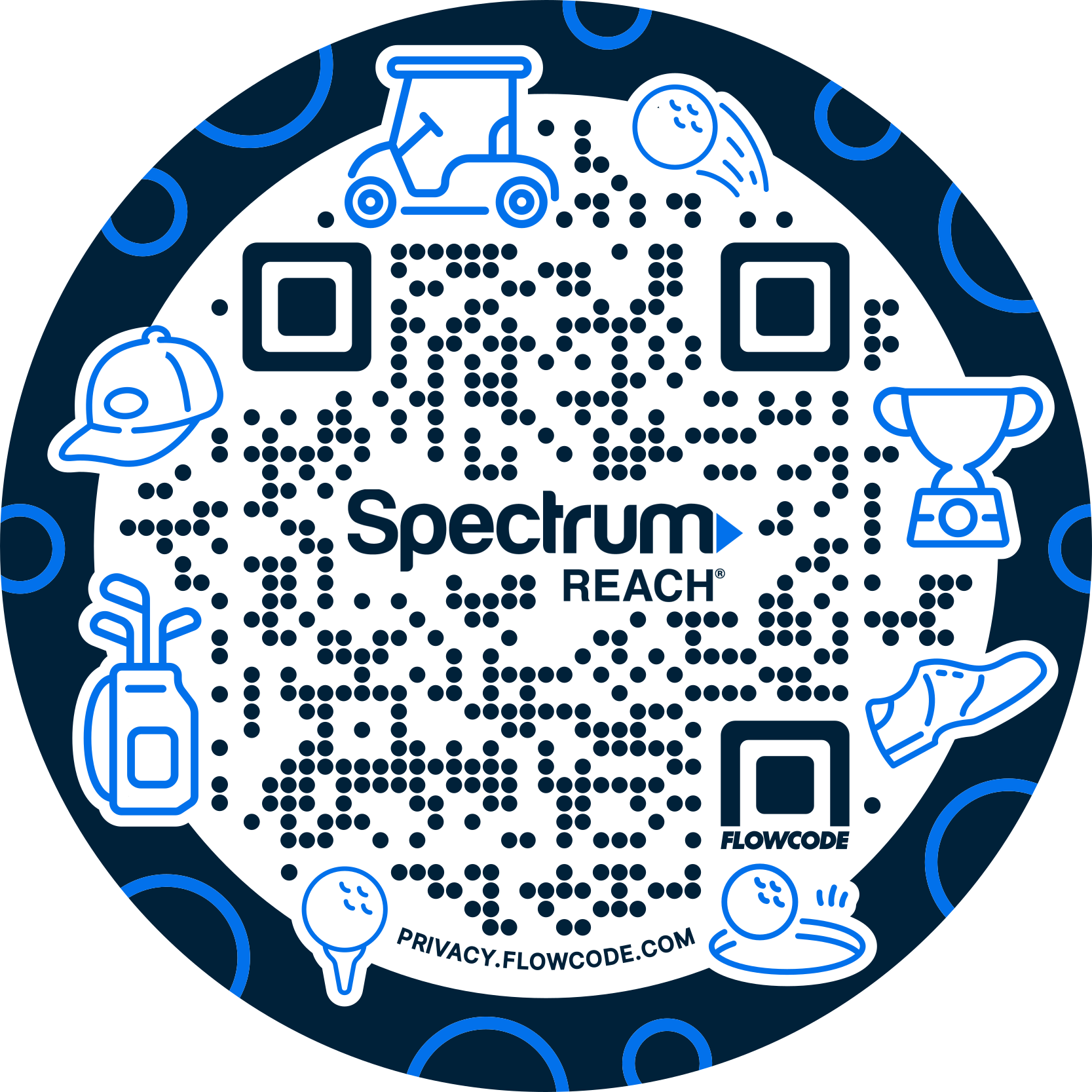How Third-Party Cookies Are Changing the Way We Do Marketing


Are you prepared for the cookie to crumble? Third-party cookies that is. 🍪
With the imminent departure of third-party cookies, a move initiated by Safari and Firefox, and soon to be echoed by Google Chrome in late 2024, marketers and brands are on the cusp of big changes. Namely, deeper, more meaningful connections with consumers.
As such, let’s explore why third-party cookies are disappearing, what this means for marketers and businesses at large, and how you can adapt early for an extra edge.
What are third-party cookies and how do they differ from first-party cookies?
Third-party cookies are small pieces of data stored on your browser by domains other than the one you are currently visiting. These fundamentally differ from first-party cookies, which are created and stored by the domain you are directly accessing.
First-party cookies not only facilitate enhanced personalization but also resonate with the 76% of consumers who view personalized communications as a decisive factor in establishing brand loyalty.
Simultaneously, first-party cookies improve the user experience too. For example, on a website, a first-party cookie can support user experiences by remembering login information, language preferences, and shopping cart contents.
Meanwhile, third-party cookies are often used by advertising networks to track user behavior across multiple websites. Their primary purpose? Ultimately targeting you with those all-too-relevant ads.
The legacy and decline of third-party cookies
People have grown quite uncomfortable with the idea of their digital footprints being tracked by unseen observers, compiling our interests, preferences, and behaviors into a digital dossier. And it’s not hard to see why. 😳
In fact, their use raised eyebrows as far back as 1994, with significant public concern peaking during events like the Facebook-Cambridge Analytica scandal. Today, the tide is finally turning, thanks to mounting privacy concerns and regulatory shifts.
What are the privacy concerns associated with third-party cookies?
For one, many argue that there is just too much data collected by companies to ensure online privacy. Another major concern comes from the ethical implications of tracking user information without getting explicit, informed consent first.
Critics argue that this practice lacks sufficient safeguards and can lead to intrusive surveillance, therefore exposing sensitive user data to third parties. The issue of consent is particularly contentious as well, with many arguing that the mechanisms for obtaining user consent (such as cookie consent banners) are often designed to encourage acceptance without fully informing users of the potential implications.
Are there alternative methods for tracking user behavior without relying on third-party cookies?
In response to the disabling of third-party cookies, alternative tracking methods have emerged. These alternatives aim to respect user privacy while still providing valuable data for website owners and advertisers.
First-Party Data Collection and Cookie Policy: Websites leverage their own first-party cookies to gather data directly from their users. Meaning, they transparently communicate a clear cookie policy when obtaining consent. Websites can then ensure compliance with privacy regulations while still gaining insights into user behavior.
Fingerprinting and Online Tracking: Although it sounds super secure, as it involves creating a unique identifier for users based on their device and browser settings, fingerprinting raises significant privacy concerns. While it circumvents the traditional cookie-based tracking, it’s impractically challenging to disable.
Single Sign-On (SSO) Services and User Information: By allowing users to access multiple platforms with a single set of credentials, SSO services can get user information across sites in a more controlled and consensual manner.
Contextual Advertising and Testing: This approach places ads based on the current content of the website or the context of the user's current activity (versus past behavior). This might look like an ad for lipstick on Sephora’s website.
Server-Side Tracking and User Data: By tracking information on the server side, instead of the client side, websites can have more control over user data without losing data necessary for personalization.
Privacy-Preserving Technologies and Online Tracking: Innovations like Google's Privacy Sandbox are being developed as methods for aggregating user data for advertising purposes without invasive online tracking.
What are the implications of major web browsers phasing out support for third-party cookies?
The phasing out of third-party cookies by major web browsers is truly a milestone in online privacy and advertising practices. This move might very well yield new technologies and strategies for online advertising–which is awesome. But the implications remain multifaceted.
On one hand, more user privacy is an important step in empowering individuals with greater digital control over their personal information. On the other hand, businesses and advertisers currently relying on third-party cookies will be facing down a full strategy overhaul soon. This could potentially impact their ability to deliver personalized experiences as well as measure the effectiveness of their advertising campaigns.
How have advertisers benefited from using third-party cookies for targeted advertising?
Traditionally, advertisers have benefited from third-party cookies in several ways:
Personalized Advertising and User Habits: By analyzing user habits and online tracking data collected via third-party cookies, advertisers can tailor their ads to the specific interests and preferences.
Improved Ad Effectiveness and Testing: The use of third-party cookies enables detailed testing and optimizations of ad campaigns based on user data and conversion tracking.
Retargeting and Online Tracking: Advertisers have the opportunity to re-engage users who have previously interacted with their website or shown interest in their products, even as they continue browsing other sites.
What this means for marketers
For marketers, the phasing out of third-party cookies is a pretty critical juncture. For instance, Google’s projections suggest a potential 52% revenue decline for publishers in the absence of third-party cookies. But (and it’s a big one) it also opens the door to growing approaches like contextual advertising, cohort marketing, and the usage of data clean rooms and universal IDs.
Among these, first-party data collection stands out as the most effective. Why? Mainly because it offers the clearest direct, consent-based line to consumer insights.
First-party data emerges front and center
The departure of third-party cookies means we can no longer rely on digital breadcrumbs to understand our audience.Instead, we need a better solution for the long-haul. Particularly, first-party data.
And no, this isn’t merely a workaround. On the contrary, 9 out of 10 marketers agree first-party data is crucial. Likewise, brands using first-party data see a 2.9X revenue increase and 1.5X cost savings, validating its effectiveness. So here’s the problem facing most right now–the lack of a company-wide strategy for it.
Practical steps towards first-party data mastery
Embracing first-party data is one thing, effectively applying it is another. Marketers need to devise strategies that are capable of both collecting this data and doing so in a manner that adds value for both the brand and the consumer.
For example, Flowcode facilitates the collection of first-party data through engaging, consent-based interactions. How does this look in practice? Imagine scanning a QR code at an H&M. Then, several days later when you log onto their site, you’re greeted with a curated selection of shoes just like the ones you were looking for! This can only happen because you willingly shared data to the data. Sounds like it’s a pretty solid win-win, right?
With this seamless blend of online and offline touchpoints, brands can better craft personalized communications at every turn. Relationship building at its finest. 😌
The unfolding future of marketing
Looking ahead, the impending cookieless world demands innovation, respect for privacy, and a commitment to delivering value in exchange for data. All stellar qualities that are reflected in the tech world at large (hello, AI ethics).
Flowcode is going a step beyond responding to these changes. We’re leading the charge by empowering brands to build trust, enhance engagement, and drive superior results through methods of first-party data collection that consumers actually enjoy.
So, let's embrace this challenge, rethinking not just our strategies but the very way we view our interactions with consumers, ensuring a future where privacy and personalization can play as nice as consumers and companies.
Connect to unlock a personalized demo


































.png)

















.png)




.png)

.png)






.png)


.png)
.png)
.png)

.png)

%20copy%203.png)






.png)






